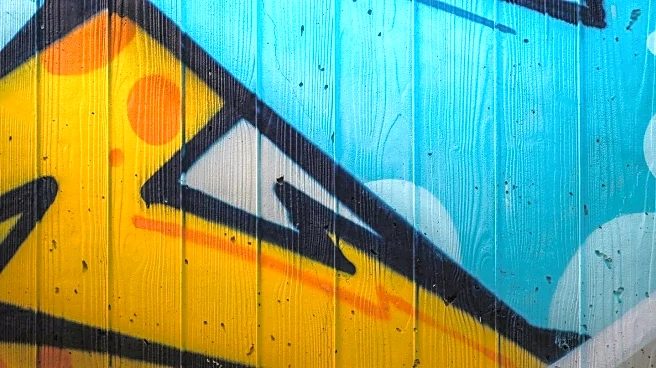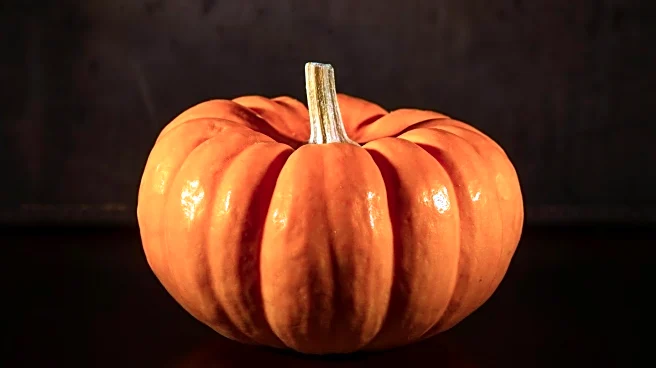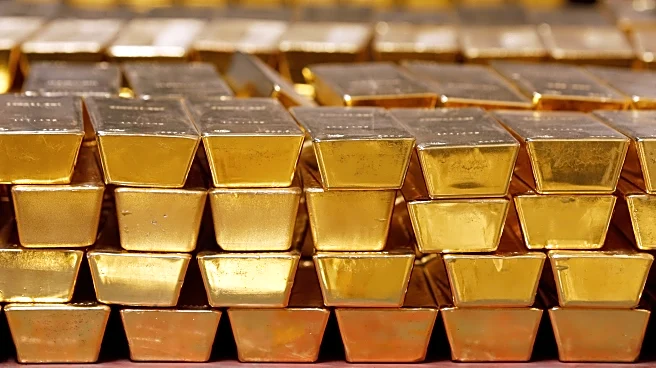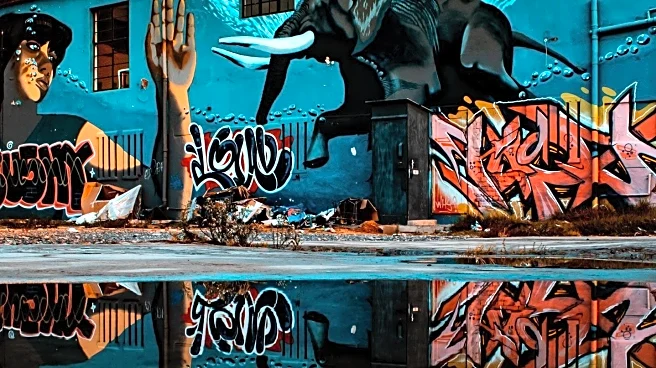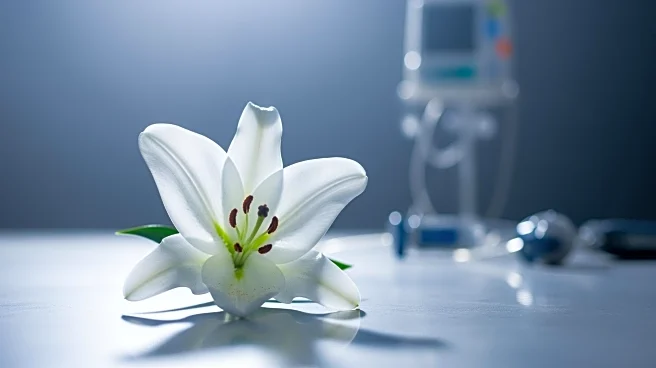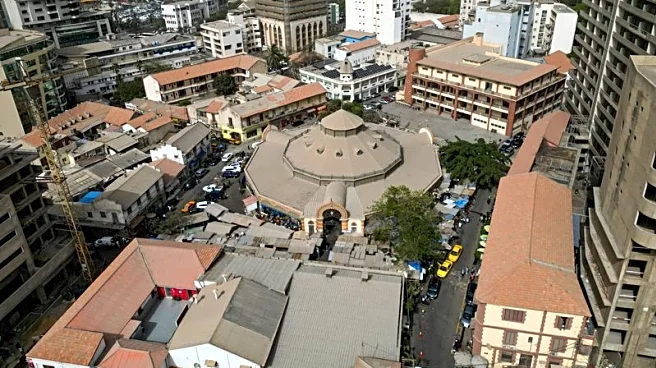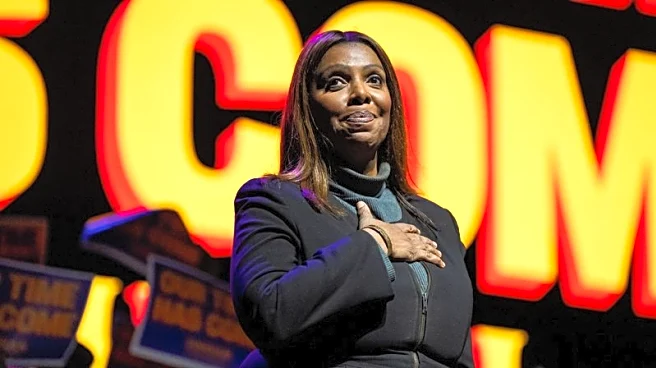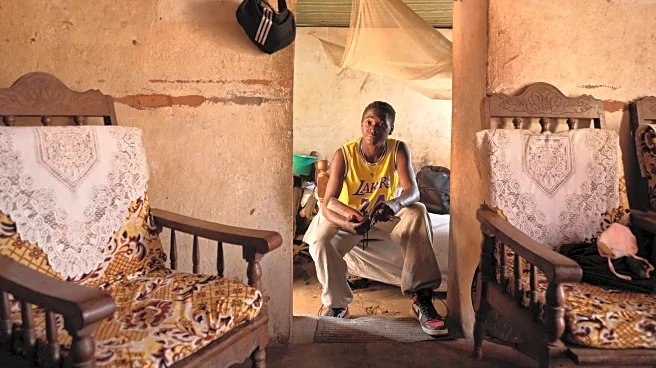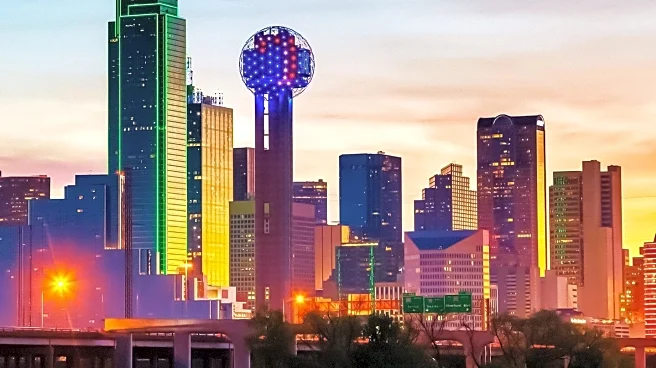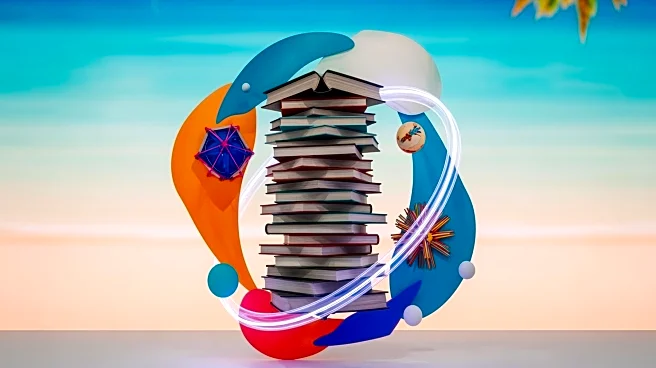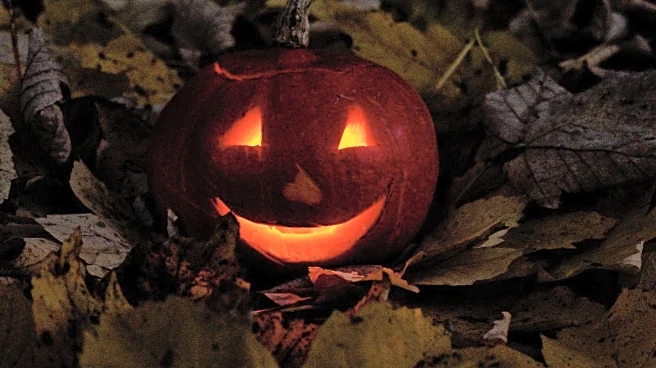What's Happening?
Graffiti, once considered vandalism in many parts of West Africa, is gaining acceptance as a legitimate form of public art. This shift is largely attributed to artists like Omar Diaw, known as 'Chimere,' who have used graffiti to engage communities in Guinea
and Senegal. Diaw, originally from Senegal, moved to Guinea in 2018 and began using graffiti for public awareness campaigns, such as promoting COVID-19 preventive measures. His work, which includes large murals of famous Guinean figures, has become a prominent feature in Conakry, Guinea's capital. The acceptance of graffiti in the region can be traced back to Amadou Lamine Ngom, or 'Docta,' who started painting in Dakar, Senegal, in 1988. Ngom's approach of creating art that reflects African realities and values has helped communities embrace graffiti as a form of expression that resonates with their experiences.
Why It's Important?
The growing acceptance of graffiti in West Africa signifies a cultural shift towards recognizing street art as a valuable form of expression. This change not only enhances urban aesthetics but also provides a platform for artists to address social and political issues. In Senegal, graffiti has become a tool for political messaging, particularly during anti-government protests. In Guinea, Diaw's work addresses themes like migration, contributing to public discourse. The support from local authorities, such as Conakry's governor, who has given Diaw freedom to create art throughout the city, highlights the potential for graffiti to foster community engagement and cultural pride. This trend could inspire similar movements in other regions, promoting a broader acceptance of diverse art forms.
What's Next?
As graffiti continues to gain traction in West Africa, there is potential for the art form to expand further, both in terms of geographic reach and diversity of artists. Diaw has expressed a desire to see more women involved in the graffiti scene, challenging the perception that it is a male-dominated field. This inclusivity could lead to a richer variety of artistic expressions and narratives. Additionally, as graffiti becomes more integrated into the cultural fabric, it may attract international attention, potentially leading to collaborations with artists from other parts of the world. Such developments could further elevate the status of graffiti as a respected art form and a powerful medium for social commentary.
